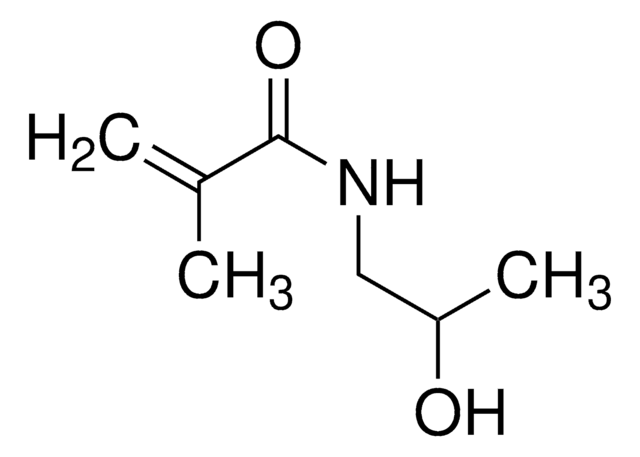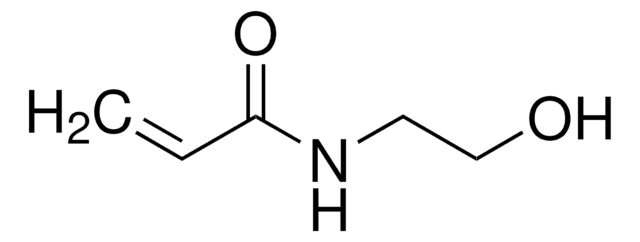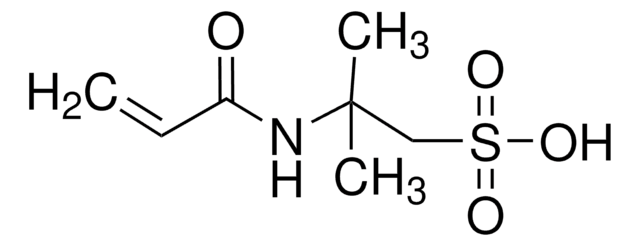464244
Hydroxybutyl methacrylate, mixture of isomers
94%
Synonym(s):
HOB
About This Item
Recommended Products
Quality Level
Assay
94%
contains
200 ppm monomethyl ether hydroquinone as inhibitor
refractive index
n20/D 1.45 (lit.)
bp
180 °C (lit.)
density
1.006 g/mL at 25 °C (lit.)
storage temp.
2-8°C
SMILES string
O=C(OCC(O)CC)C(=C)C
InChI
1S/C8H14O3/c1-4-7(9)5-11-8(10)6(2)3/h7,9H,2,4-5H2,1,3H3
InChI key
IEVADDDOVGMCSI-UHFFFAOYSA-N
Application
- Supplementary Information for “Permeable Protein-Loaded Polymersome Cascade Nanoreactors by Polymerization-Induced Self-Assembly”: This study involves the use of 2-hydroxypropyl methacrylate, a mixture of isomers, as a precursor in the creation of protein-loaded nanoreactors (LD Blackman et al., 2020).
- Shape-Shifting Thermoresponsive Block Copolymer Nano-Objects: Explores the use of hydroxybutyl methacrylate (HBMA) in the synthesis of block copolymer nano-objects, focusing on its ability to shift shapes in response to temperature changes (SJ Hunter et al., 2023).
Signal Word
Warning
Hazard Statements
Precautionary Statements
Hazard Classifications
Eye Irrit. 2 - Skin Irrit. 2 - Skin Sens. 1 - STOT SE 3
Target Organs
Respiratory system
Storage Class Code
10 - Combustible liquids
WGK
WGK 3
Flash Point(F)
Not applicable
Flash Point(C)
Not applicable
Personal Protective Equipment
Choose from one of the most recent versions:
Already Own This Product?
Find documentation for the products that you have recently purchased in the Document Library.
Customers Also Viewed
Articles
The manufacture of monomers for use in ophthalmic applications is driven by the need for higher purity, improved reliability of manufacturing supply, but ultimately by the need for the increased comfort, convenience, and safety of contact lens wearers. Daily wear contact lenses have the potential to fill this need for many customers; however, their widespread use is constrained by higher costs compared to weekly- or monthly-based lenses. New approaches that improve cost structure and result in higher quality raw materials are needed to help make contact lenses more affordable and accelerate growth of the contact lens market.
Our team of scientists has experience in all areas of research including Life Science, Material Science, Chemical Synthesis, Chromatography, Analytical and many others.
Contact Technical Service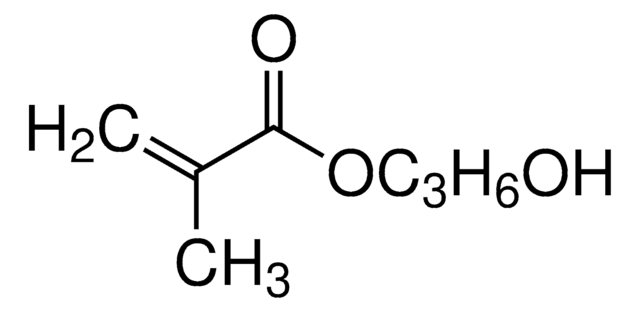
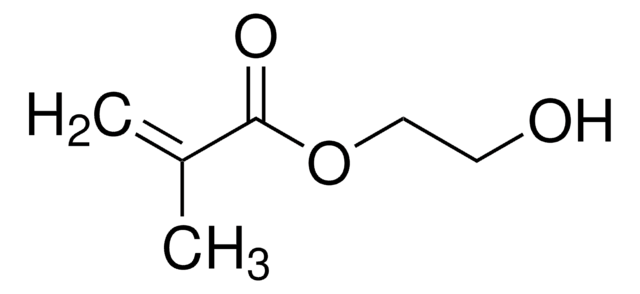


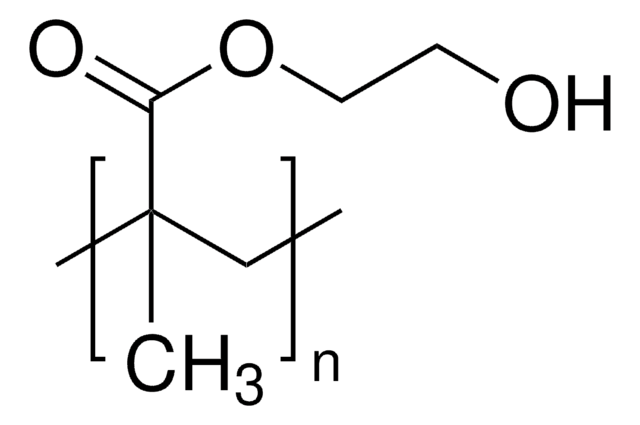
![Bis[2-(2′-bromoisobutyryloxy)ethyl]disulfide](/deepweb/assets/sigmaaldrich/product/structures/154/479/8d52d6e3-59da-4e56-8d9e-41b636138ca6/640/8d52d6e3-59da-4e56-8d9e-41b636138ca6.png)
